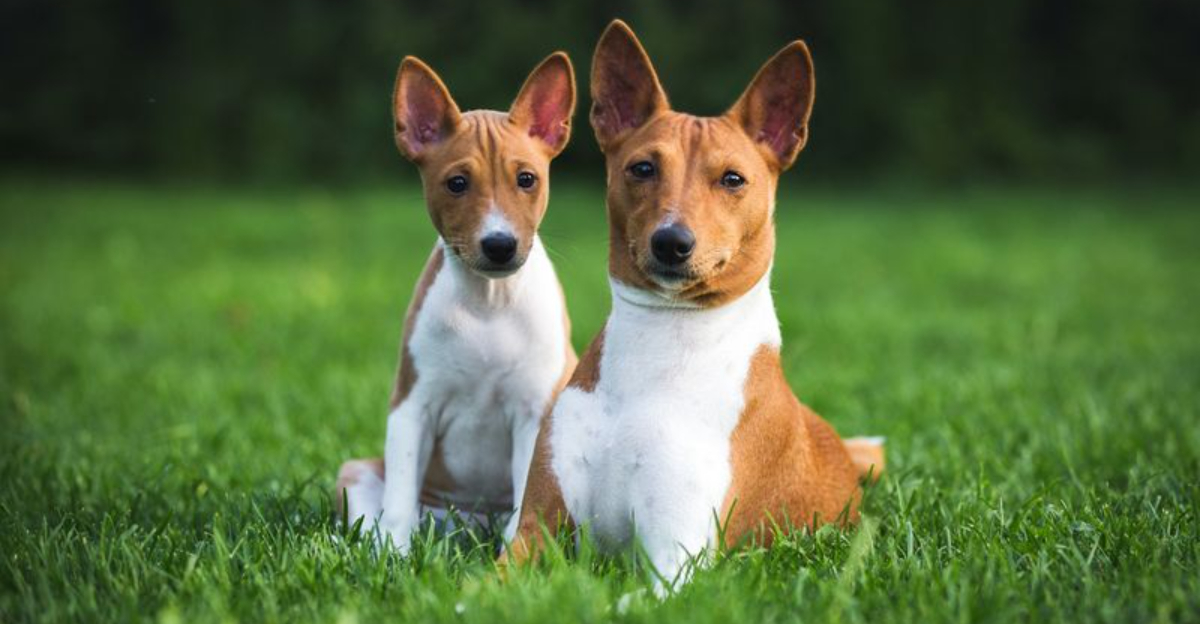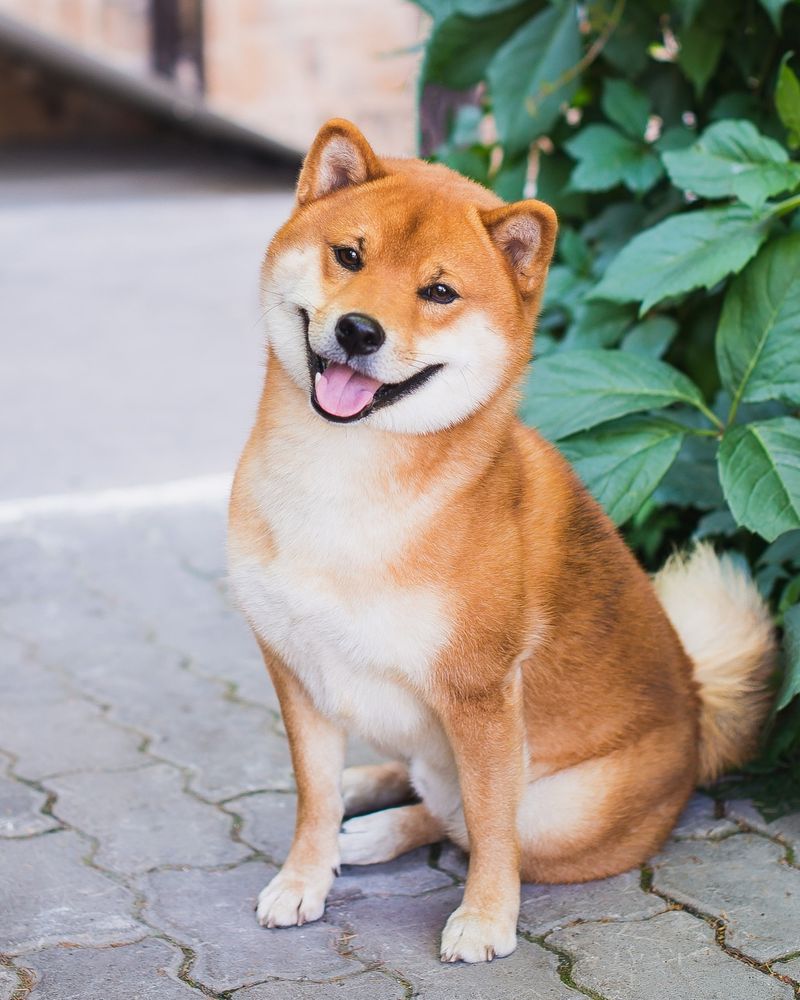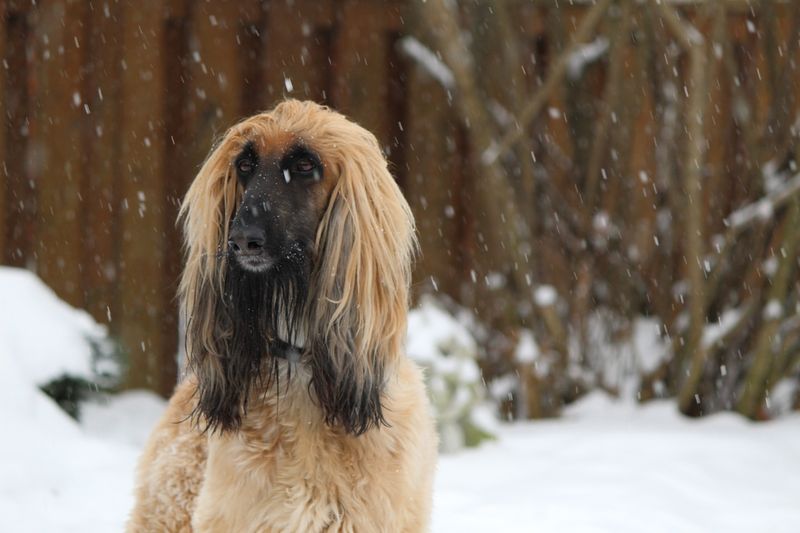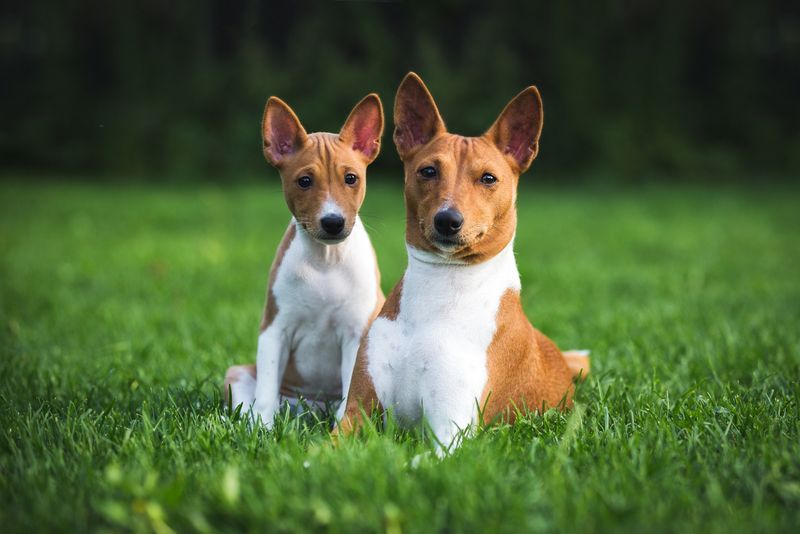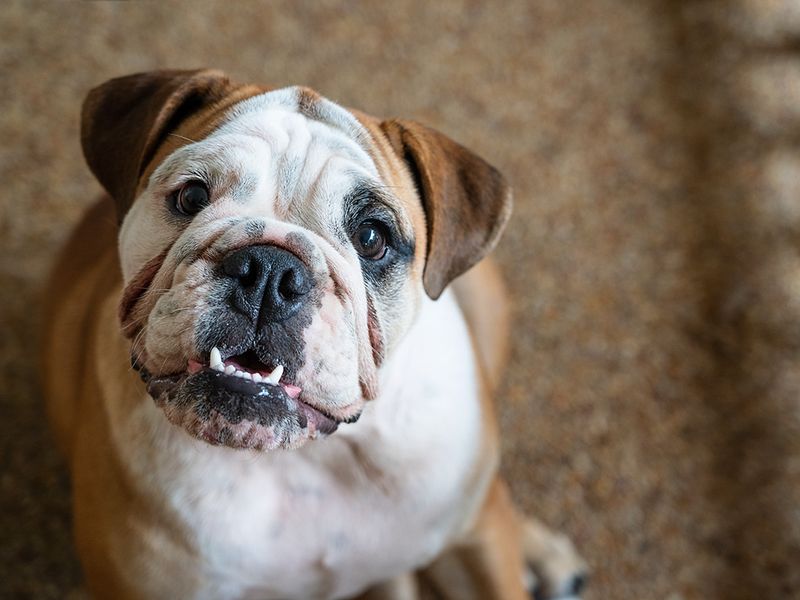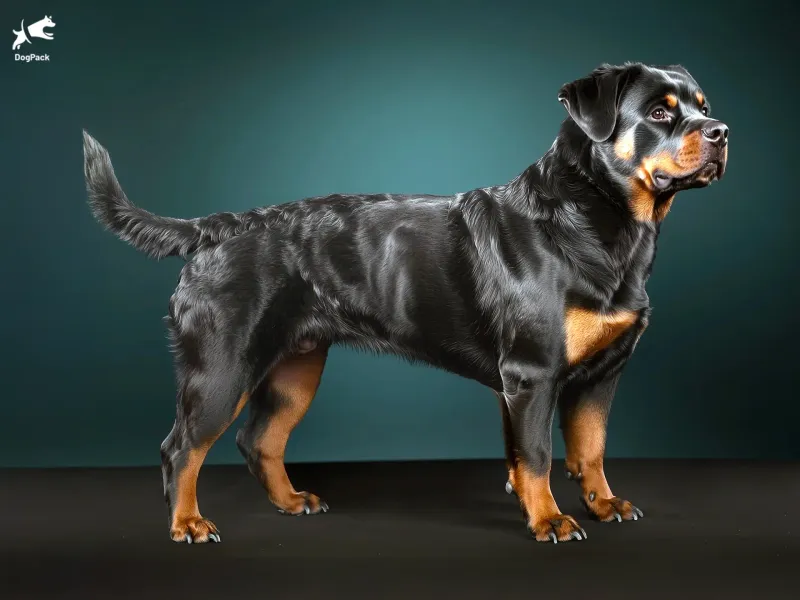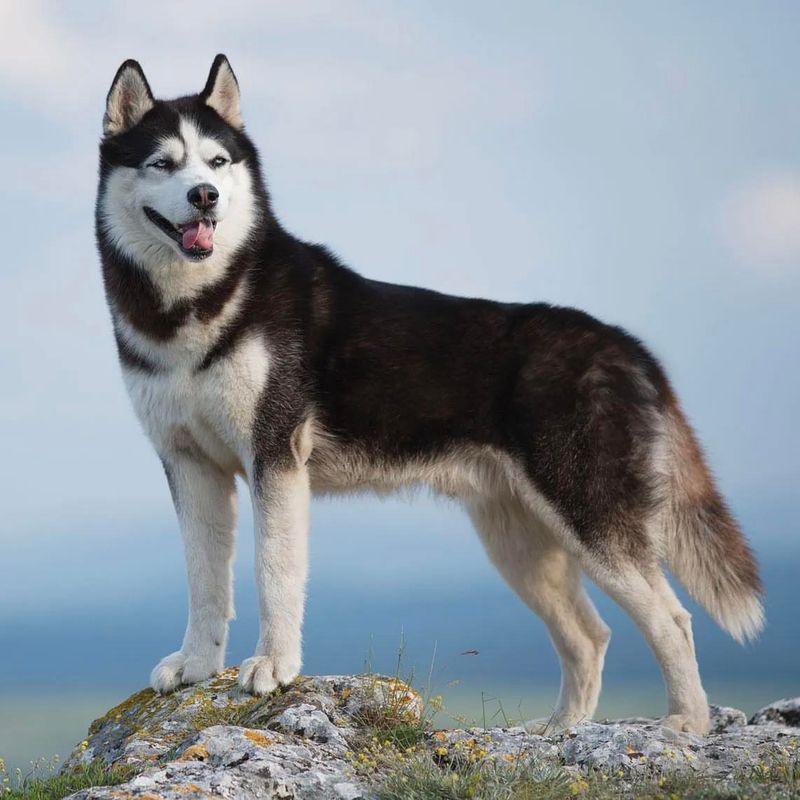Love and companionship with our canine friends often come with their own set of challenges. While dogs are known for their unconditional love, certain breeds require a bit more patience and understanding. Here, we explore 11 dog breeds that, while lovable, remind us that love isn’t always a walk in the park.
Chow Chow
The Chow Chow, with its leonine appearance, exudes an air of regal independence. Often compared to a cat’s aloof nature, this breed demands a respectful relationship.
Their history as guard dogs is evident in their watchful eyes and reserved demeanor. While they may not fawn over you, their loyalty is unwavering once earned.
Training can be a challenge due to their stubborn streak, but patience is key. Did you know? These fluffy companions have a blue-black tongue, a unique trait that adds to their allure.
Dalmatian
Known for their striking spots, Dalmatians are full of energy and zest for life. Their playful nature makes them great companions for active families.
However, this energy needs constant outlets; otherwise, they can become mischievous. The breed’s history with firehouses stems from their ability to keep up with horse-drawn carriages, showcasing their stamina.
Despite their playful exterior, they can be reserved with strangers, requiring socialization from an early age. Fun fact: Dalmatians are born completely white, developing their spots as they grow.
Shiba Inu
The Shiba Inu, a breed synonymous with Japanese culture, is known for its spirited personality. Often described as having a cat-like independence, they are both charming and aloof.
This breed’s keen intelligence often translates to mischievous behavior, requiring firm yet gentle training. Their double coat sheds seasonally, demanding regular grooming.
Despite their small size, Shibas are bold and confident. Fun fact: The Shiba Inu is one of the oldest and smallest native Japanese breeds, cherished for their agility and alertness.
Afghan Hound
With elegance and grace, the Afghan Hound captivates with its flowing locks and dignified stance. Known for their aloofness, they can be selective in showing affection.
Their independent nature is a double-edged sword; while they’re self-sufficient, it can make training challenging. Grooming is a significant commitment due to their long, luxurious coat.
Historically, they were bred for hunting in rugged terrains, which explains their speed and agility. Did you know? Afghan Hounds have a high prey drive, so off-leash adventures require caution.
Basenji
The Basenji, often called the “barkless” dog, is known for its quiet nature. Instead of barking, they communicate through unique yodel-like sounds.
This breed is independent and cat-like in its grooming habits, often cleaning itself meticulously. Their high energy levels mean they thrive in homes that can provide ample exercise.
Despite their silence, Basenjis are spirited and mischievous, often testing boundaries. Fun fact: The Basenji originated in Africa and was used as a hunting dog due to its keen sight and speed.
Basset Hound
Basset Hounds, with their distinctive droopy ears and mournful eyes, are known for their laid-back demeanor. Despite their relaxed nature, they possess a sharp sense of smell.
This breed is known to be stubborn, requiring patience during training. Their affectionate nature often means they’re happiest lounging by your side.
They are prone to obesity, so regular exercise and a balanced diet are crucial. Did you know? Basset Hounds were originally bred for hunting small game, using their noses to track scents over long distances.
Bulldog
The Bulldog, with its wrinkled face and sturdy build, embodies perseverance and charm. Known for their gentle disposition, they are loyal companions, albeit sometimes stubborn.
Their physicality requires minimal exercise, making them suited for urban living. However, they are prone to health issues, requiring attentive care.
Despite their tough exterior, Bulldogs are affectionate and thrive on companionship. Fun fact: Bulldogs were originally bred for bull-baiting, but today, they enjoy a much more relaxed lifestyle as beloved pets.
Akita
The Akita, revered for its loyalty, is both courageous and dignified. Originating from Japan, they have a strong protective instinct, making them excellent guardians.
Their aloof nature with strangers contrasts their deep affection for family. Training requires consistency, as they can be headstrong.
Their thick double coat sheds seasonally, necessitating regular grooming. Did you know? The Akita symbolizes happiness and long life in Japanese culture, often given as gifts in Japan.
Rottweiler
Rottweilers, with their robust physique, are renowned for their strength and courage. Historically used as herding dogs, they have a strong work ethic.
This breed requires firm training from an early age, as their protective instincts can lead to dominance issues. Despite their imposing appearance, they are affectionate with their families.
Their loyalty is unwavering, but socialization is key to managing their territorial nature. Fun fact: Rottweilers were once known as “butcher’s dogs” in Germany, used to pull carts laden with meat to market.
Weimaraner
The Weimaraner, often called the “Gray Ghost,” is known for its sleek, silver coat and striking eyes. Full of energy, they thrive in active households.
This breed requires mental and physical stimulation to prevent boredom-induced mischief. Historically, they were bred for hunting large game, showcasing their stamina and intelligence.
Their affectionate nature with family contrasts their aloofness with strangers. Did you know? Weimaraners were once exclusive to German nobility, a testament to their regal bearing.
Siberian Husky
Siberian Huskies, with their striking appearance and tireless energy, embody freedom and adventure. Originally bred for sledding, they require ample exercise.
Their independent nature and intelligence can make training a challenge. Known for their friendly demeanor, they are pack-oriented and thrive with companionship.
Their thick coat sheds heavily, demanding regular grooming. Fun fact: Siberian Huskies were used in the famous 1925 serum run to Nome, showcasing their endurance and reliability.
